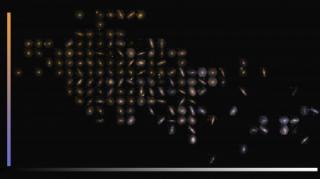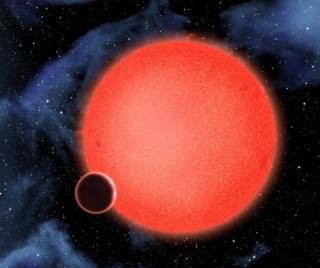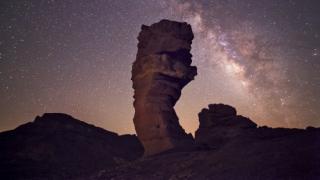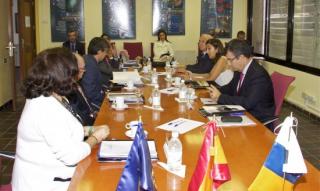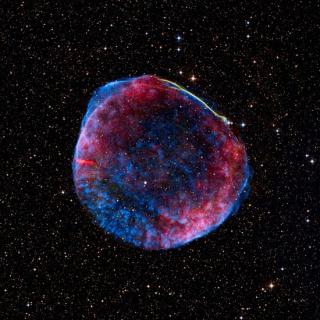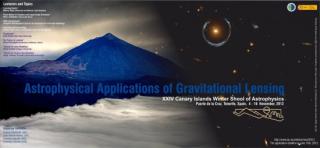
Las lentes gravitatorias, un fenómeno que predijo Albert Einstein, generan ‘espejismos’ en el universo, lo que resulta de utilidad para estudiar la materia oscura, los exoplanetas o la edad del universo Destacados investigadores en este campo impartirán, durante dos semanas, conferencias y seminarios a estudiantes predoctorales y doctores recientes Las galaxias y otros cuerpos del universo pueden servir de telescopios para estudiar objetos lejanos. Esta aplicación se basa en el fenómeno de las lentes gravitatorias, una de las primeras predicciones de la teoría de la Relatividad General de
Advertised on
